
Latest Version
September 21, 2023
Swami satyananda saraswati
Yoga
English
6.6 MB
1,041
Free
Report a Problem
More About आसन प्रणायाम मुद्रा बंध Aasana Pranayama Mud PDFra Bandhaandha Free PDF Download
आसन प्रणायाम मुद्रा बंध Aasana Pranayama Mud PDFra Bandhaandha
Introduction to Yoga
Swami Satyananda Saraswati
Yoga is the science of right living and, as such, is intended to be incorporated in daily life. It works on all aspects of the person: the physical, vital, mental, emotional, psychic and spiritual. emotional
The word yoga means 'unity' or 'oneness' and is derived from the Sanskrit word yuj, which means 'to join'. This unity or joining is described in spiritual terms as the union of the individual consciousness with the universal consciousness. On a more practical level, yoga is a means of balancing and har- monizing the body, mind and emotions. This is done through the practice of asana, pranayama, mudra, bandha, shatkarma and meditation, and must be achieved before union can take place with the higher reality.
The science of yoga begins to work on the outermost aspect of the personality, the physical body, which for most people is a practical and familiar starting point. When imbalance is experienced at this level, the organs, muscles and nerves no longer function in harmony; rather they act in opposition to each other. For instance, the endocrine system might become irregular and the efficiency of the nervous system decrease to such an extent that a disease will manifest. Yoga aims at bring- ing the different bodily functions into perfect coordination so that they work for the good of the whole body.
From the physical body, yoga moves on to the mental and emotional levels. Many people suffer from phobias and neuroses as a result of the stresses and interactions of everyday living. Yoga cannot provide a cure for life, but it does present a proven method for coping with it.
Swami Sivananda Saraswati of Rishikesh explained yoga as an"... integration and harmony between thought, feeling and deed, or integration between head, heart and hand". Through the practices of yoga, awareness develops of the interrelation between the emotional, mental and physical levels, and how a disturbance in any one of these affects the others. Gradually, this awareness leads to an understanding of the more subtle areas of existence.
There are many branches of yoga: raja, hatha, jnana, karma, bhakti, mantra, kundalini and laya, to name but a few, and many texts explain them in detail. Each individual needs to find those yogas most suited to his/her particular personality and need. In the last half of the twentieth century, hatha yoga had become the most well known and widely practised of the systems. However, the concept of what constitutes yoga is broadening as more people take it up, and this knowledge is spreading. In the ancient texts, hatha yoga consists of the shatkarmas, cleansing practices, only. Today, however, hatha yoga commonly embraces the practices of asana, pranayama, mudra and bandha as well.
History of yoga
The yoga we know today was developed as a part of the tantric civilization which existed in India and all parts of the world more than ten thousand years ago. In archaeological excavations made in the Indus Valley at Harappa and Mohenjodaro, now in mod- ern Pakistan, many statues have been found depicting deities resembling Lord Shiva and Shakti (in the form of Parvati) per- forming various asanas and practising meditation. These ruins were once the dwelling place of people who lived in the pre-vedic age before the Aryan civilization started to flourish in the Indus subcontinent. According to mythical tradition, Shiva is said to be the founder of yoga and Parvati, his first disciple.
Lord Shiva is considered to be the symbol or embodiment of supreme consciousness. Parvati represents supreme knowledge, will and action, and is responsible for all creation. This force or energy is also known as kundalini shakti, the cosmic force which lies dormant in all beings. Parvati is regarded as the mother of the whole universe. The individual soul is embodied and bound to the world of name and form, and also liberated from the bondage of the world and united with supreme consciousness through her grace. Out of love and compassion for her children, she imparted her secret knowledge of liberation in the form of tantra. The techniques of yoga have their source in tantra and the two cannot be separated, just as consciousness, Shiva, cannot be separated from energy, Shakti.
Tantra is a combination of two words, tanoti and trayati, which mean 'expansion' and 'liberation' respectively. There- fore, it is the science of expanding the consciousness and liberating the energy. Tantra is the way to attain freedom from the bondage of the world while still living in it. The first step in tantra is to know the limitations and capacities of the body and mind. Next it prescribes techniques for the expansion of con- sciousness and the liberation of energy whereby individual limitations are transcended and a higher reality experienced.
Yoga arose at the beginning of human civilization when humankind first realized their spiritual potential and began to evolve techniques to develop it. The yogic science was slowly developed by ancient sages all over the world. The essence of yoga has often been shrouded in or explained by different symbols, analogies and languages. Some traditions believe that yoga was a divine gift revealed to the ancient sages so that humankind could have the opportunity to realize its divine nature.
In ancient times, yoga techniques were kept secret and were never written down or exposed to public view. They were passed on from teacher or guru to disciple by word of mouth. In this way there was a clear understanding of their meaning and aim. Through personal experience, realized yogis and sages were able to guide sincere aspirants along the correct path, removing any confusion, misunderstanding and exces- sive intellectual contemplation.
The first books to refer to yoga were the ancient Tantras and later the Vedas, which were written about the time the Indus Valley culture was flourishing. Although they do not give specific practices, they allude to yoga symbolically. In fact, the verses of the Vedas were heard by the rishis, seers, in states of deep yogic meditation or samadhi, and are regarded as revealed scriptures. It is, however, in the Upanishads that yoga begins to take a more definable shape. These scriptures collec- tively form Vedanta, the culmination of the Vedas, and are said to contain the essence of the Vedas.
Sage Patanjali's treatise on raja yoga, the Yoga Sutras, codi- fied the first definitive, unified and comprehensive system of yoga. Often called the eight-fold path, it is comprised of yama, self-restraints, niyama, self-observances, asana, pranayama, pratyahara, disassociation of consciousness from the outside environment, dharana, concentration, dhyana, meditation, and samadhi, identification with pure consciousness.
In the 6th century BC, Buddha's influence brought the ideals of meditation, ethics and morality to the fore and the preparatory practices of yoga were ignored. However, Indian thinkers soon realized the limitations of this view. The yogi Matsyendranath taught that before taking to the practices of meditation, the body and its elements need purifying. He founded the Nath cult and the yogic pose matsyendrasana was named after him. His chief disciple, Gorakhnath, wrote books on hatha yoga in the local dialect and in Hindi.
Indian tradition previously required that original texts be written in Sanskrit. In some cases they clothed their writings in symbolism so that only those qualified to receive a teaching would be able to understand it. One of the most outstanding authorities on hatha yoga, Swami Swatmarama, wrote the Hatha Yoga Pradipika, or 'Light on Yoga', in Sanskrit, collating all extant material on the subject. In doing so, he reduced the emphasis on yama and niyama, thereby eliminating a great obstacle experienced by many beginners. In the Hatha Yoga Pradipika, Swatmarama starts with the body and only later, when the mind has become stable and balanced, are the yamas and niyamas (self-control and self-discipline) introduced.
The relevance of yoga today
Today, in the 21st century, a spiritual heritage is being re- claimed of which yoga is very much a part. While yoga's central theme remains the highest goal of the spiritual path, yogic practices give direct and tangible benefits to everyone regard- less of their spiritual aims.
Physical and mental cleansing and strengthening is one of yoga's most important achievements. What makes it so powerful and effective is the fact that it works on the holistic principles of harmony and unification. According to medical scientists, yoga therapy is successful because of the balance created in the nervous and endocrine systems which directly influences all the other systems and organs of the body.
For most people in the 20th century, yoga was simply a means of maintaining health and well-being in an increas- ingly stressful society. Asanas do remove the physical discomfort accumulated during a day at the office sitting in a chair, hunched over a desk. Relaxation techniques help to maximize the effectiveness of ever-diminishing time off. In an age of mobile phones, beepers and twenty-four hour shopping, yogic practices make great personal and even business sense.
In the 21st century, beyond the needs of individuals, the underlying principles of yoga provide a real tool to combat social malaise. At a time when the world seems to be at a loss, rejecting past values without being able to establish new ones, yoga provides a means for people to find their own way of connecting with their true selves. Through this connection with their real selves, it is possible for people to manifest harmony in the current age, and for compassion to emerge where hitherto there has been none.
In this respect, yoga is far from simply being physical exercises. It is an aid to establishing a new perception of what is real, what is necessary, and how to become established in a way of life which embraces both inner and outer realities. This way of life is an experience which cannot be understood intel- lectually and will only become living knowledge through practice and experience. However, the renaissance has begun.
Rate the PDF
User Reviews
Popular PDFs
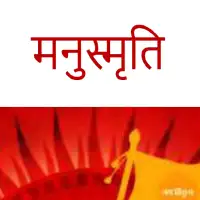
![सूर्य पञ्चाङ २०८१ - Surya Panchanga 2081 (Nepali Patro) [PDF]](https://upayogibooks.com/images/1707273528.webp)
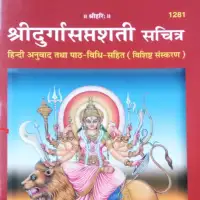
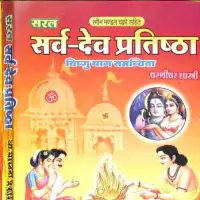
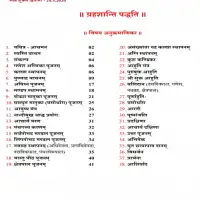
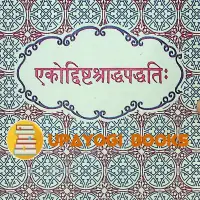
![वृहत् कर्मकाण्ड पद्धति - Vrihat Karmakanda Paddhati [PDF]](https://upayogibooks.com/images/1716396149.webp)
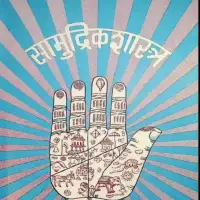
![दुर्गा सप्तसती हवन विधि - Durga saptasati havana vidhi [PDF]](https://upayogibooks.com/images/1702836557.webp)
![दीपावली पूजन विधि - Dipawali pujan vidhi [PDF]](https://upayogibooks.com/images/1699733648.webp)
Editor's Choice
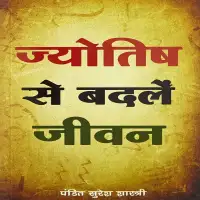
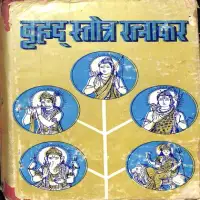
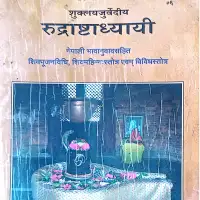
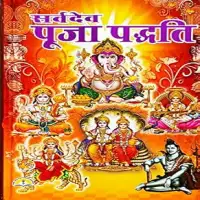
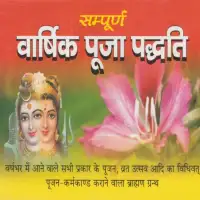
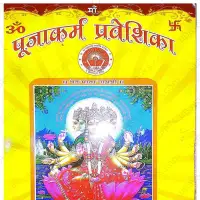
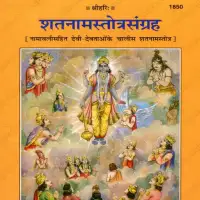
![गरुडपुराण सारोद्धार - Garuda Purana saroddhar Gita Press [PDF]](https://upayogibooks.com/images/1721869076.webp)
![साङ्ग सप्ताह मण्डप पुजा विधि - Sanga Saptaha Mandapa Puja Vidhi [PDF]](https://upayogibooks.com/images/1716489738.webp)
![अर्थ पञ्चक नेपाली भाषानुवाद - Artha Panchaka Nepali Translation [PDF]](https://upayogibooks.com/images/1716398011.webp)

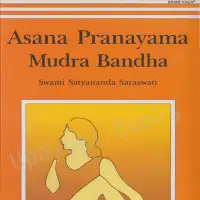

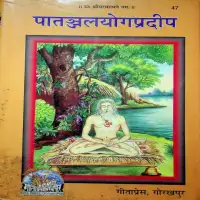
![पांतञ्जल योग सूत्र और दर्शन - Patanjal Yog Sutra and Darshan [PDF]](https://upayogibooks.com/images/1704694465.webp)